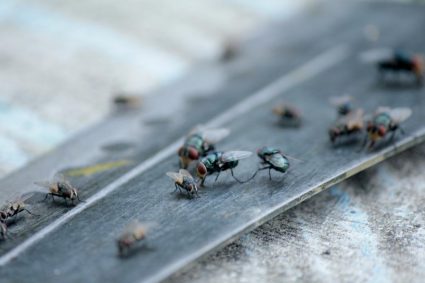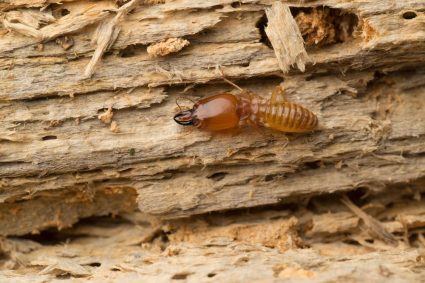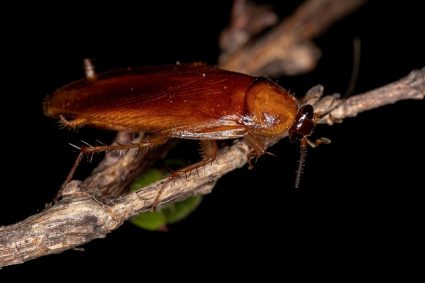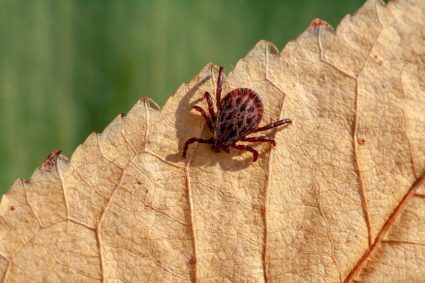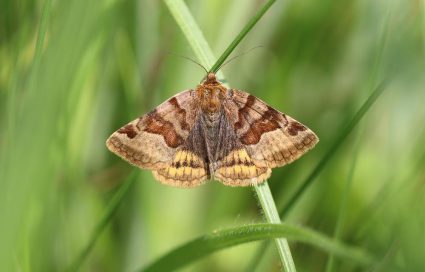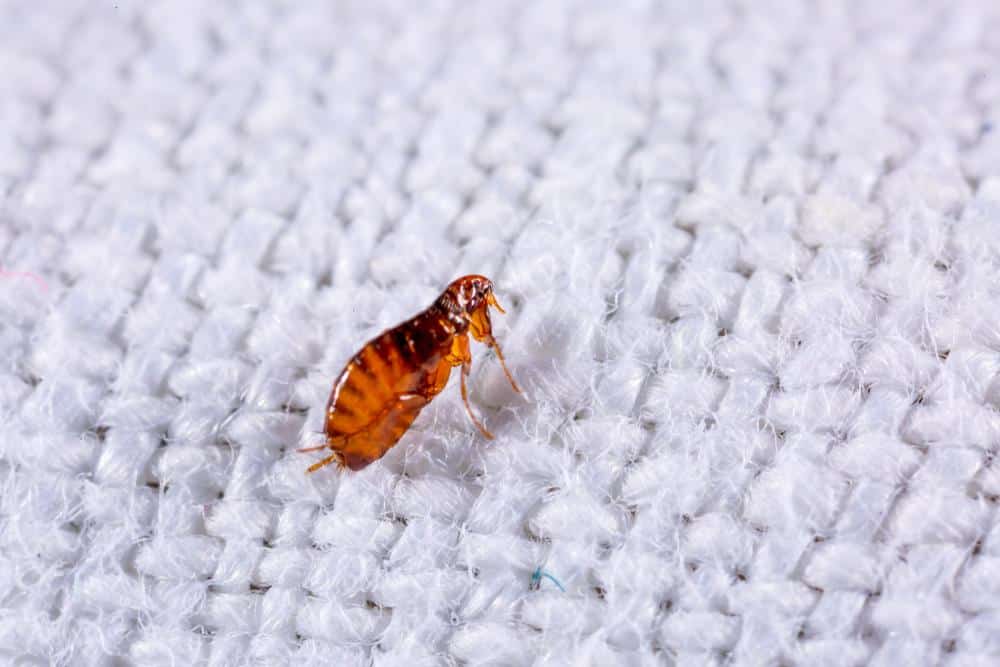
Jumbo Sand Fleas, despite their name, are neither jumbo nor actual fleas. They are small crustaceans belonging to the genus Emerita, commonly found in warm coastal areas such as Florida and other similar regions around the globe.
In this comprehensive guide, we will explore everything you need to know about Jumbo Sand Fleas, from their unique characteristics to their role in the ecosystem.
Jumbo Sand Fleas are small crustaceans, also known as mole crabs, found in warm coastal areas. They burrow in the sand and feed on organic debris, helping to maintain the balance of the ecosystem. Despite their name, they are not fleas or insects, and while they can cause mild skin irritation, they are not generally dangerous to humans.
What are Jumbo Sand Fleas?
Jumbo Sand Fleas, also known as mole crabs, are small crustaceans that burrow in the sand and do not bite humans. They can grow up to 4 inches long, but most of them grow no more than 2 inches long and 1 inch wide. They are characterized by their long antennae, which they use for filter feeding, and their segmented bodies that range from white to brown in color.
It’s important to note that Jumbo Sand Fleas are not insects and should not be confused with other creatures also referred to as sand fleas, such as sand flies or Tunga penetrans (the “true” sand flea or chigoes).
Where can you find Jumbo Sand Fleas?
Jumbo Sand Fleas can typically be found in warm coastal areas. These crustaceans burrow in the sand and are most active during the daytime, coming out of their burrows to feed during low tide. They prefer sandy beaches near the high-tide mark and are most active at night when they emerge to forage for food.
The Role of Jumbo Sand Fleas in the Ecosystem
These crustaceans serve a crucial role in their ecosystem. They feed on organic debris, including plant or animal matter, or detritus in decaying seaweed, helping to recycle nutrients and maintain the balance of the ecosystem. Additionally, their burrowing behavior can help aerate the substrate, benefiting other organisms living in the same environment.
Are Jumbo Sand Fleas Dangerous?
Jumbo Sand Fleas are generally not dangerous to humans or other animals. Their bites can cause mild irritation, redness, and itching, which can be treated easily. However, it’s essential to differentiate them from the chigoe flea, which can cause serious health problems.
The Life Cycle and Reproduction Process of Jumbo Sand Fleas
Like other crustaceans, Jumbo Sand Fleas go through a life cycle that includes hatching from eggs, growing into adults, reproducing, and eventually dying. The exact process can vary among species, but it generally involves these stages.
Notable Studies and Research About Jumbo Sand Fleas
Research about Jumbo Sand Fleas has primarily focused on their ability to change color for camouflage and the diseases they cause. A study conducted by the University of Exeter and the Ascension Island Government Conservation Department found that sand fleas can change their color to match the beaches they inhabit, which vary widely in color and brightness.
Common Misconceptions About Jumbo Sand Fleas
Despite their name, Jumbo Sand Fleas are not fleas or even insects. They are more closely related to crabs and lobsters than to fleas. They do not bite humans and are not capable of jumping great distances.
In conclusion, Jumbo Sand Fleas are small crustaceans that are often misunderstood due to their name and confusion with other arthropods. By understanding more about these creatures, we can appreciate their role in the ecosystem and dispel common myths and misconceptions.
Frequently Asked Questions
What do Jumbo Sand Fleas eat?
Jumbo Sand Fleas primarily consume organic debris, plant or animal matter, or detritus in decaying seaweed. They use their long antennae for filter feeding.
How big do Jumbo Sand Fleas get?
The size of a Jumbo Sand Flea can vary, but most grow no more than 2 inches long and 1 inch wide. However, they can grow up to 4 inches long.
Can Jumbo Sand Fleas be found in cold climates?
No, Jumbo Sand Fleas are typically found in warm coastal areas. They prefer sandy beaches near the high-tide mark.
Are Jumbo Sand Fleas harmful to the environment?
No, Jumbo Sand Fleas are not harmful to the environment. In fact, they play a crucial role in their ecosystem by feeding on organic debris and aerating the substrate with their burrowing behavior.
Can Jumbo Sand Fleas jump?
Despite their name suggesting otherwise, Jumbo Sand Fleas are not capable of jumping great distances like actual fleas. They are more closely related to crabs and lobsters.
Do Jumbo Sand Fleas change color?
Yes, according to a study conducted by the University of Exeter and the Ascension Island Government Conservation Department, Jumbo Sand Fleas can change their color to match the beaches they inhabit.

